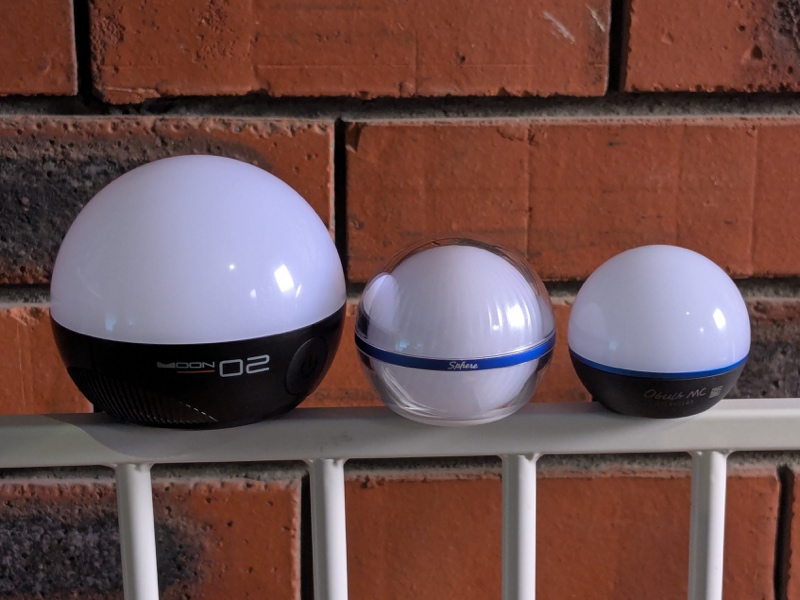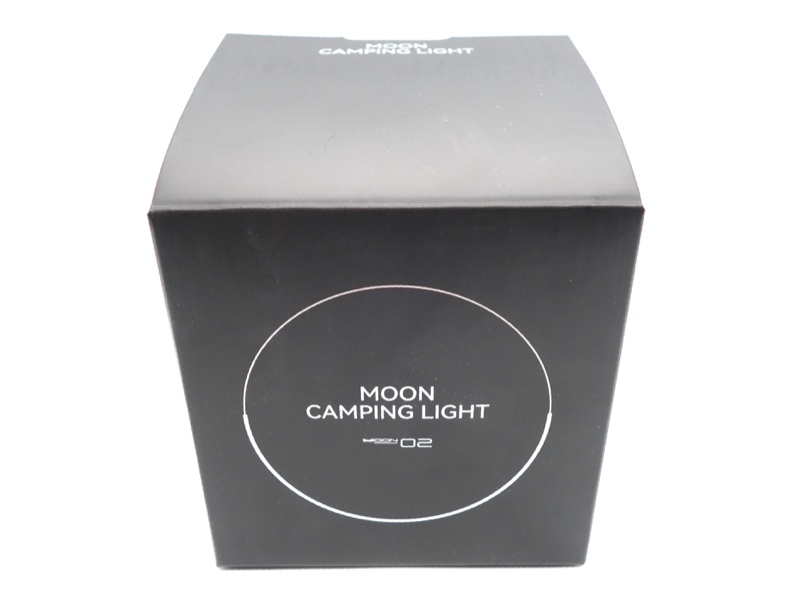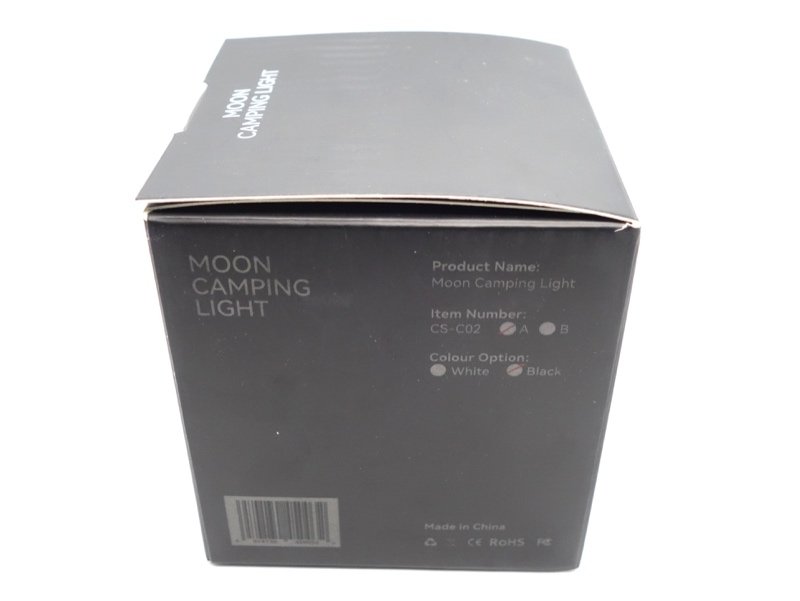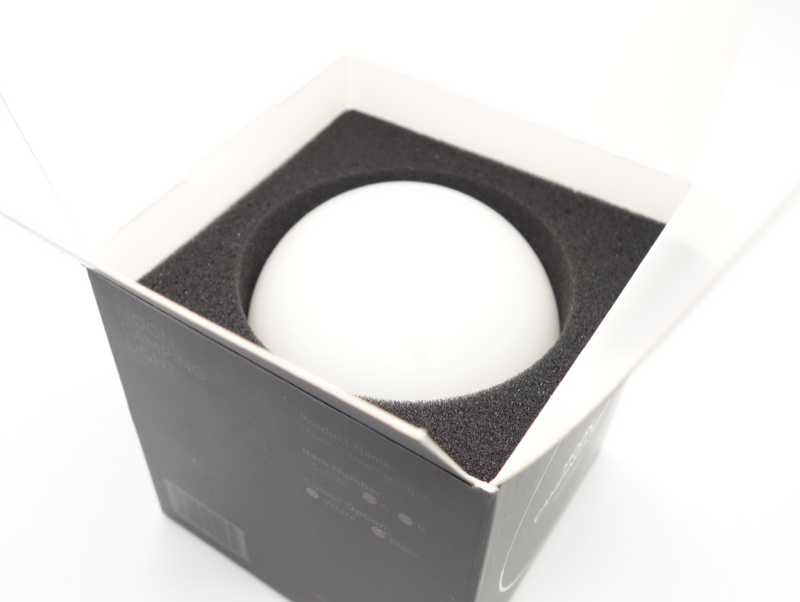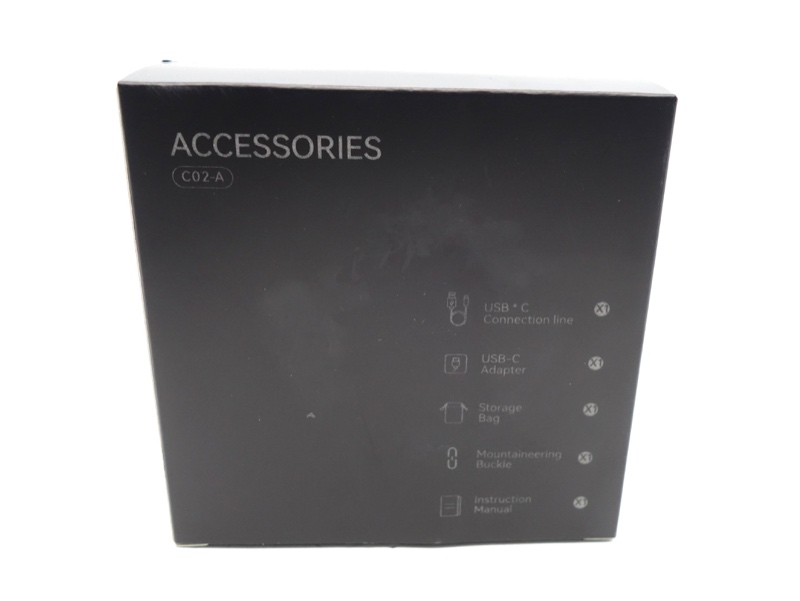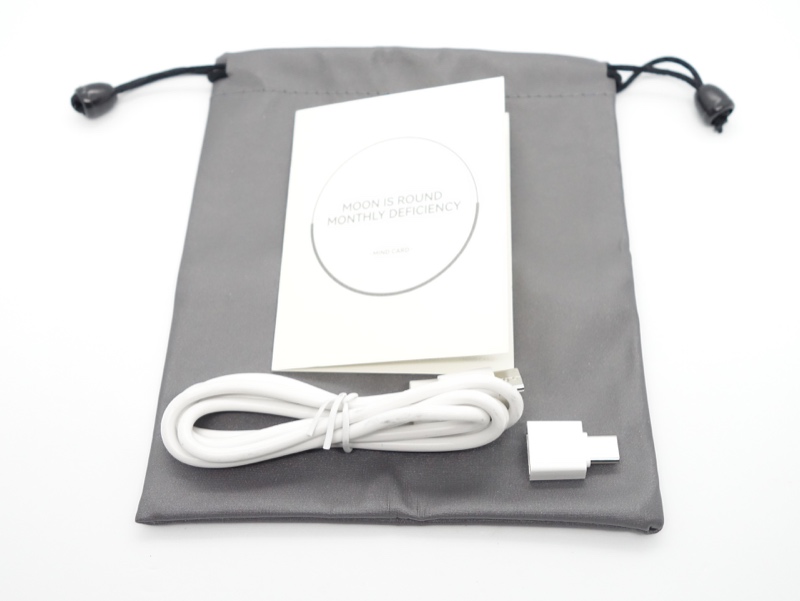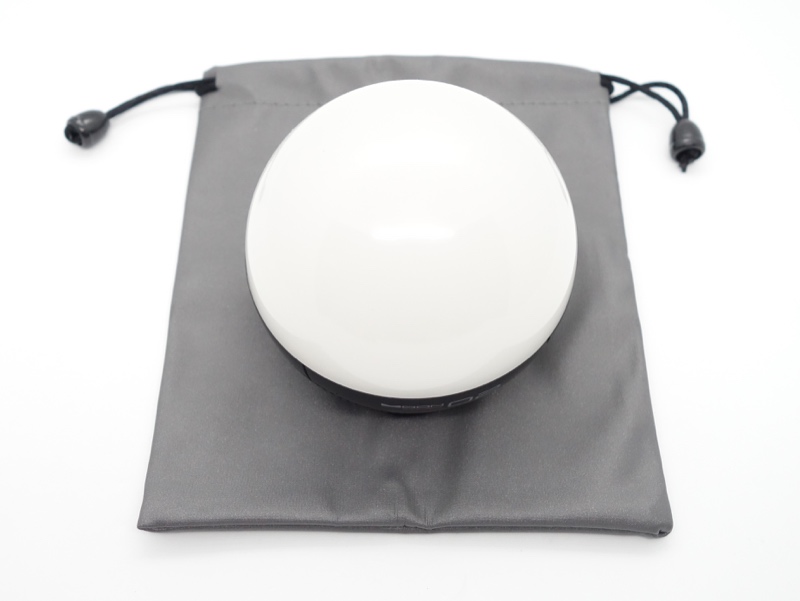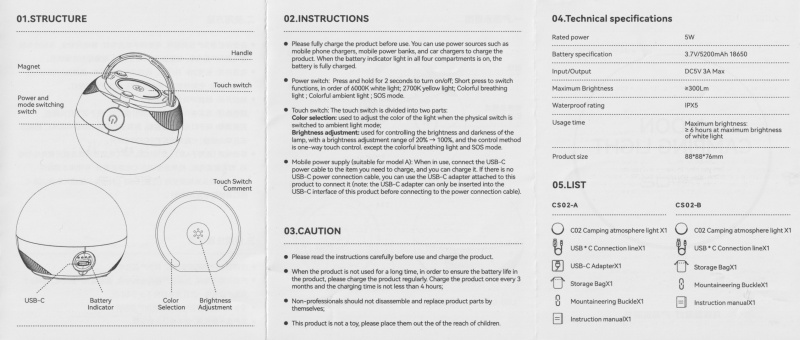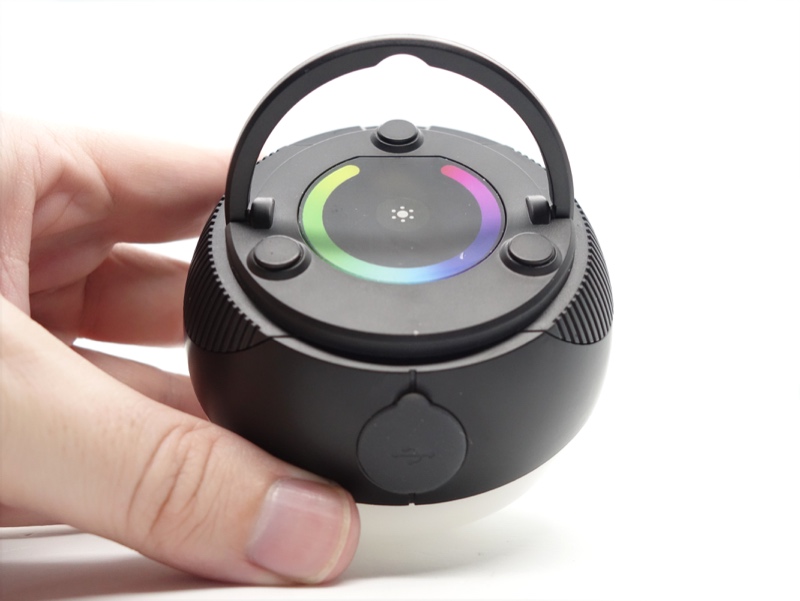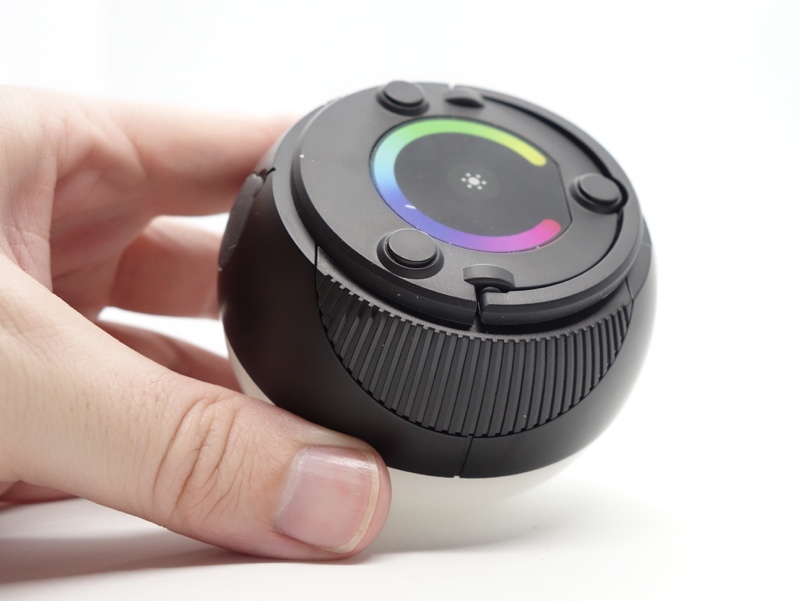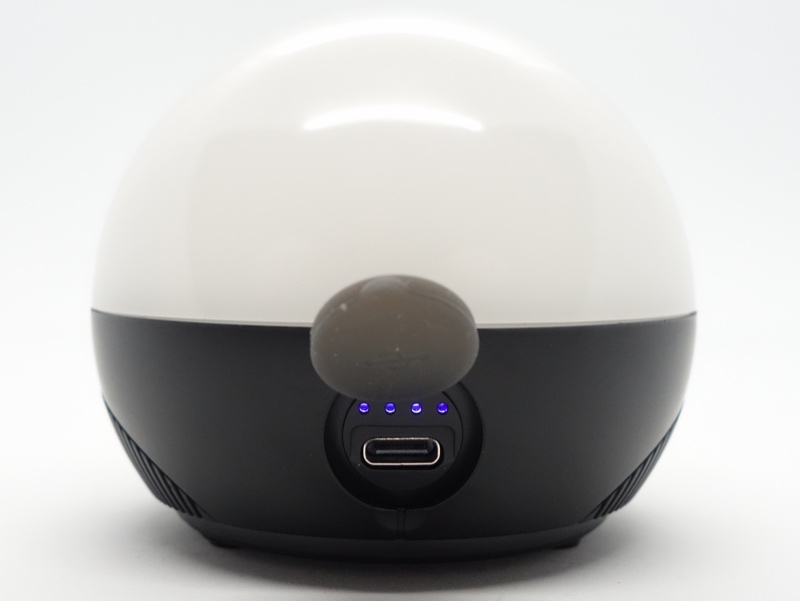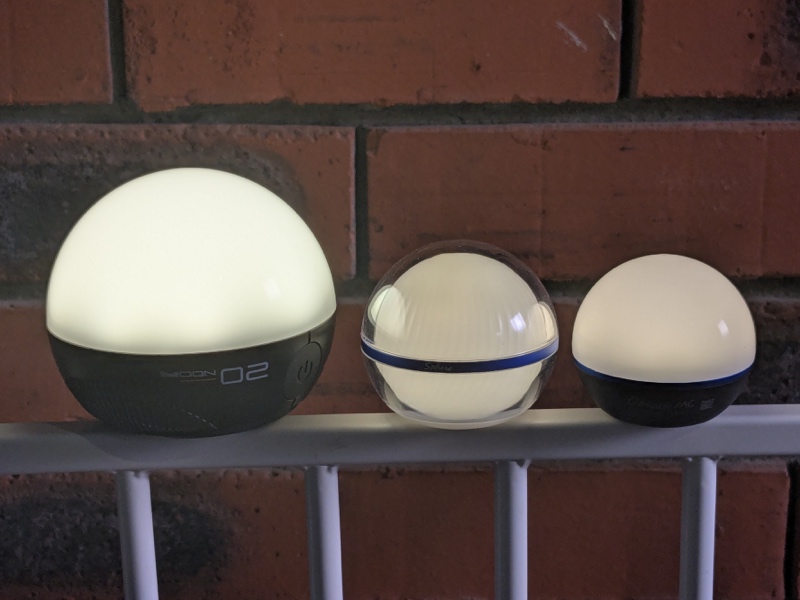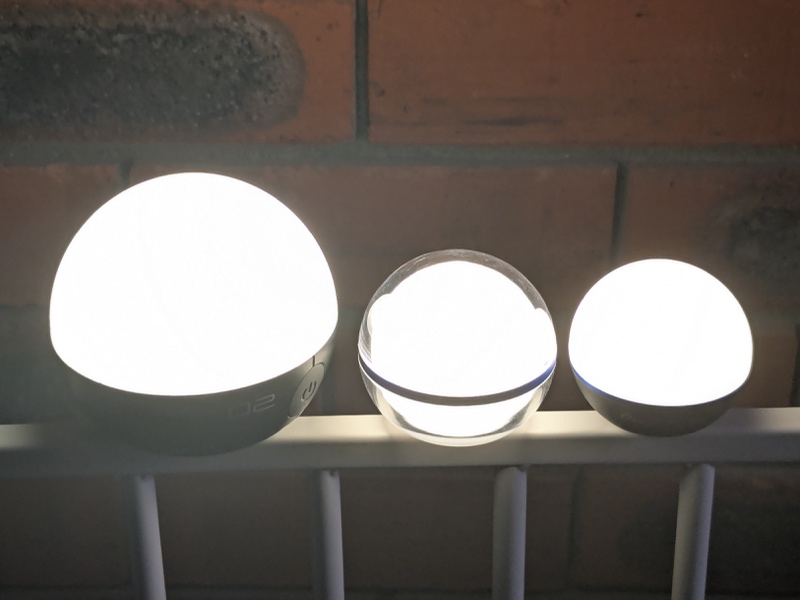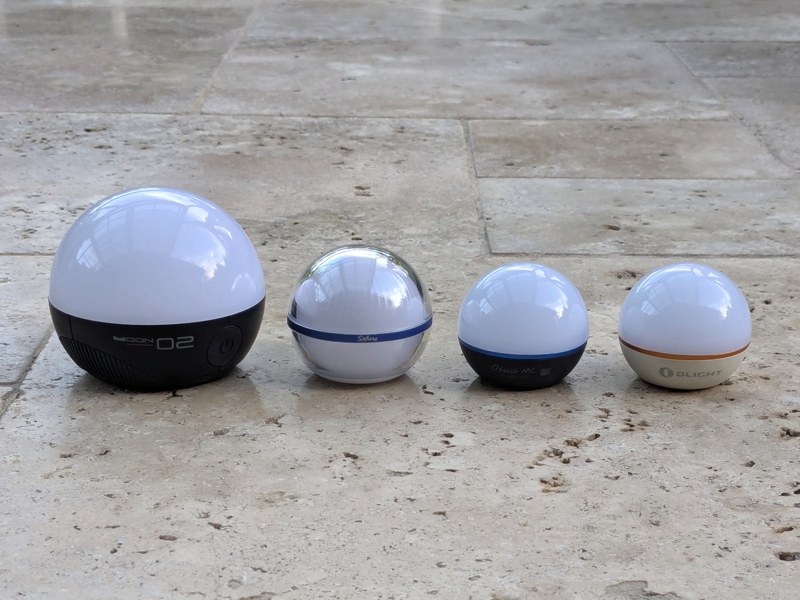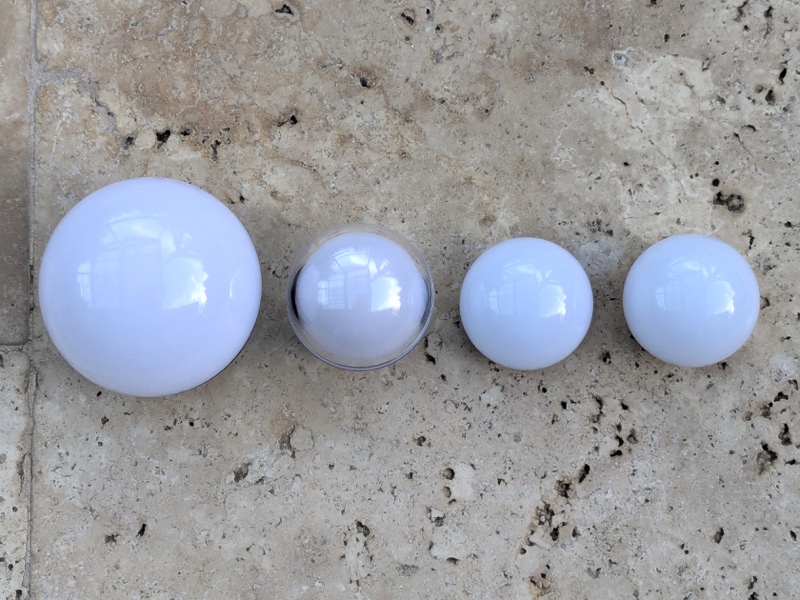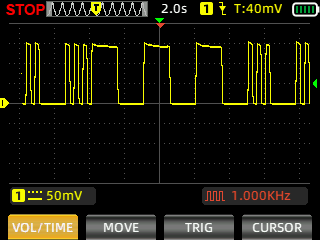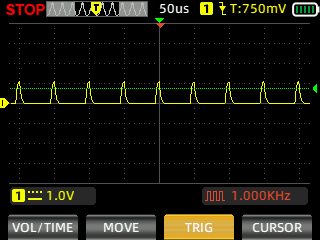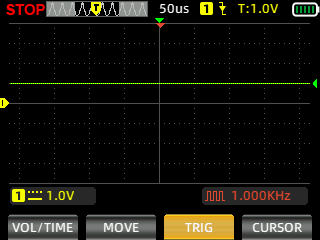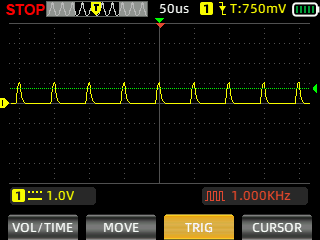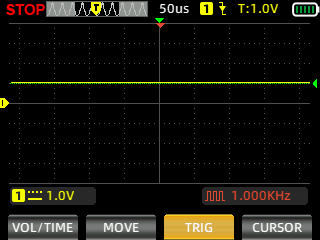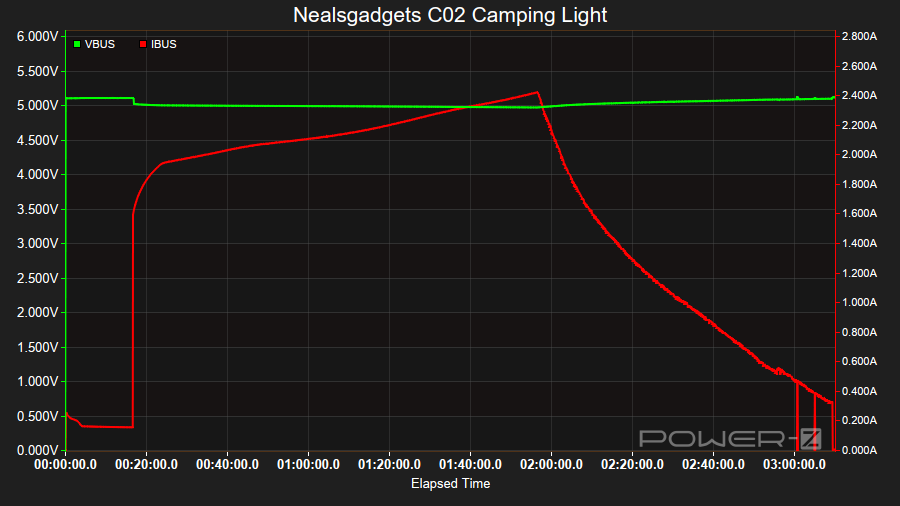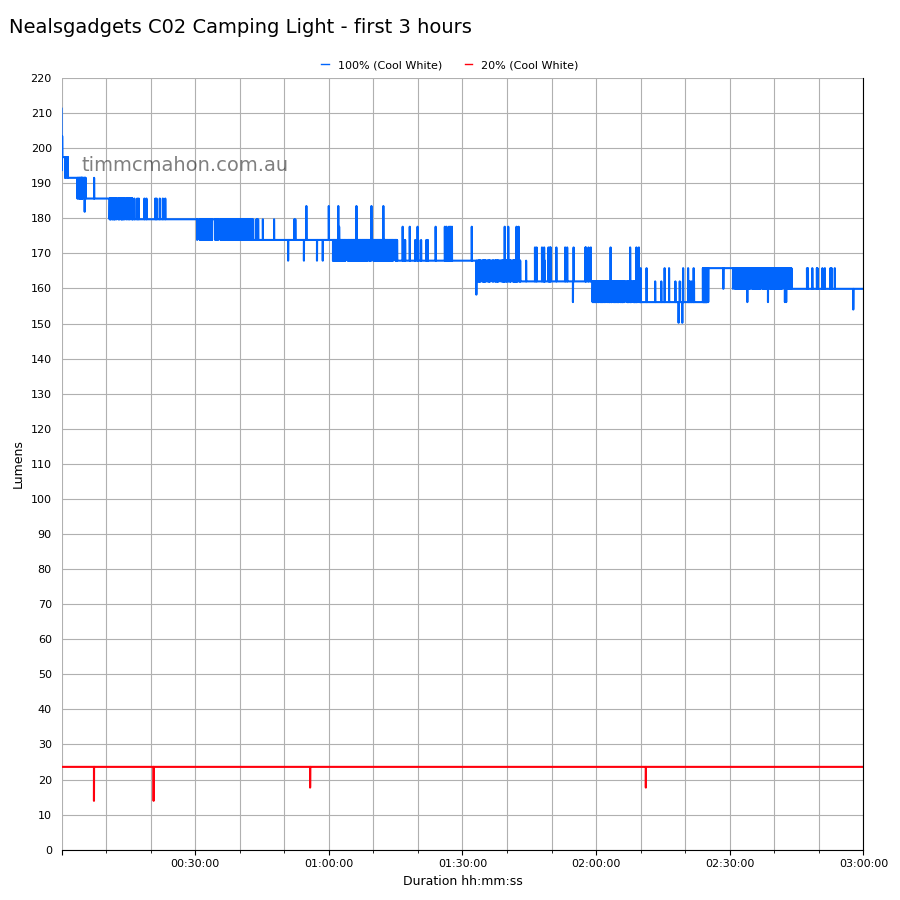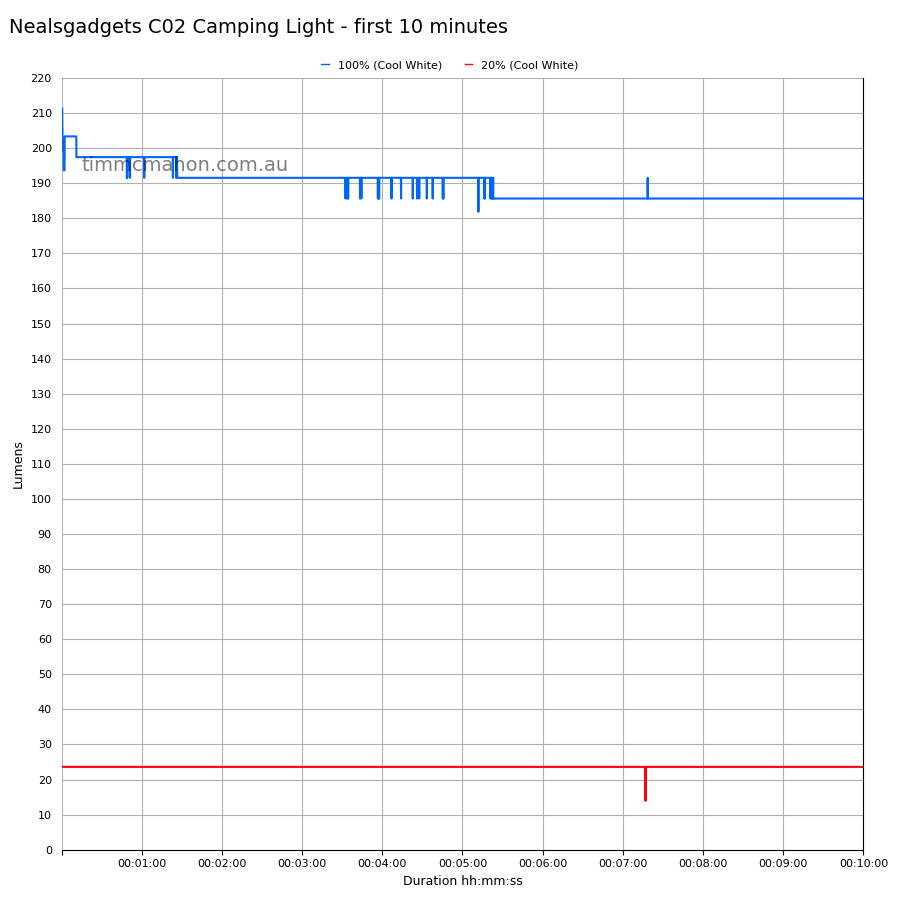Nealsgadgets C02 Camping Light Review
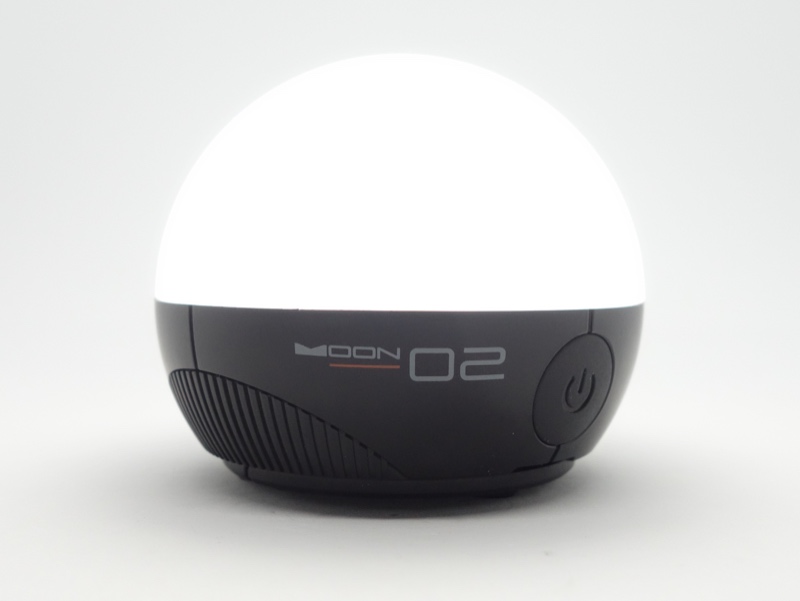
Nealsgadgets C02 Camping Light#
- Specifications
- Introduction
- Torch in use
- Build quality
- LED, bezel, lens, reflector and beam
- Size and comparison
- User interface
- Batteries and charging
- Powerbank
- Performance
- Beamshots
- Conclusion
- Price
- Product page
Specifications#
| Brand/model | Nealsgadgets C02 Camping Light |
|---|---|
| LED | Cool White (6000K), Warm White (2700K), Multi-colour RGB |
| Maximum lumens | 300 lm |
| Battery | Built-in 3.7V 5200mAh 18650 |
| Onboard charging | Yes (USB-C) |
| Material | Plastic |
| Modes | 5 |
| Blinkies | SOS |
| Waterproof | IPX5 |
| Review date | January 2025 |
Introduction#
The Nealsgadgets C02 Camping Light is a relatively big bulb-shaped lantern with Cool White, Warm White, and RGB lighting. It has touch sensors to adjust the brightness and to select a colour.
Is it better than an Olight Sphere? It is definitely bigger!
Nealsgadgets provided this camping light for review. I have not been paid for this review nor have I held back my opinions of this camping light.
Packaging#
The camping light comes in a black box with foam.
The following was included in the box:
- Nealsgadgets C02 Camping Light.
- USB-A to USB-C charging cable.
- USB-A to USB-C adapter.
- Bag.
- User manual.
Torch in use#
The camping light can be hung from the handle.
It can also be mounted with three powerful magnets hidden under the rubber feet.
Touch sensors at the base can be used to adjust the brightness or select a colour.
It has a USB-C port that can be used to either charge the camping light or as a powerbank.
Build quality#
The Nealsgadgets C02 Camping Light is mostly made out of plastic.
The quality seems ok.
LED, bezel, lens, reflector and beam#
The camping light has a white diffuser for the Cool White (6000K), Warm White (2700K) and RGB lights to shine through.
Here is a comparison between a few bulb-shaped lanterns on their lowest and highest output levels.
From left to right: Nealsgadgets C02 Camping Light, Olight Sphere, Olight Obulb MC
The Nealsgadgets C02 Camping Light appears to be the biggest and the brightest.
CCT, CRI, and duv#
I have taken Correlated Colour Temperature (CCT) and Colour Rendering Index (CRI, RA of R1-R8) measurements with the camping light positioned five centimetres away from an Opple Light Master Pro III (G3).
The CCT of the Cool White light is around 6247K, the CRI is around 87, and the Delta u, v is slightly positive (green).
The CCT of the Warm White light is around 2899K, the CRI is around 83, and the Delta u, v is slightly positive (green).
| LED | Mode | CCT (K) | CRI (Ra) | x | y | Duv |
|---|---|---|---|---|---|---|
| Cool | High | 6247 | 87.4 | 0.3168 | 0.3359 | 0.0047 |
| Warm | High | 2899 | 83.3 | 0.4432 | 0.4041 | -0.0008 |
Calculate Duv from CIE 1931 xy coordinates
Dimensions and size comparison#
Dimensions#
I took the following measurements using a digital caliper.
| Measurement | Unit (mm) |
|---|---|
| Diameter | 88 |
| Height | 77 |
Weight#
I took the following measurements using a digital scale.
| Weight | Unit (g) |
|---|---|
| Nealsgadgets C02 Camping Light | 240 |
Size comparison with its competition#
From left to right: Nealsgadgets C02 Camping Light, Olight Sphere, Olight Obulb MC, Olight Obulb MC
From left to right: Nealsgadgets C02 Camping Light, Olight Sphere, Olight Obulb MC
User interface#
The camping light is controlled by a Power button on the side and a touch sensor on the bottom.
The Power button is used to turn the light on and off, and select a mode.
The touch sensor is used to adjust the brightness and select a colour.
There are five modes:
- Cool White (6000K).
- Warm White (2700K).
- Colorful Breathing.
- Colorful Ambient Light.
- SOS.
| State | Action | Result |
|---|---|---|
| Off | Press and hold the Power button for 2 seconds | On (mode memory) |
| On | Click the Power button | Cycle (Cool White, Warm White, Colorful Breathing, Colorful Ambient Light, SOS) |
| Cool White, Warm White, Colorful Ambient Light | Press and hold the touch sensor in the middle | Ramp the brightness up or down smoothly |
| Colorful Ambient Light | Press and select a colour with the touch sensor | Select a colour |
| On | Press and hold the Power button for 2 seconds | Off |
Mode Memory#
There is mode memory. The last used mode is memorised when turning the camping light on.
The brightness is memorised for the White Light and the Warm Light.
Colorful Breathing mode always starts as red at 100%. When changing from Colorful Breathing to Colorful Ambient Light, by clicking the Power button, the current colour will be selected (or “locked in”). The brightness can then be ramped down or back up again in Colorful Ambient Light mode.
SOS#
There is a Red SOS mode.
I measured SOS mode of the light with a Zoyi ZT-703S oscilloscope.
This is what it looks like:
Pulse Width Modulation#
I did not notice any visible PWM (flickering).
I measured the PWM of the light with a Zoyi ZT-703S oscilloscope.
Cool White: 20%, 100%
Warm White: 20%, 100%
What I like about the UI#
- A particular colour can be selected.
- The brightness can be adjusted.
- There is mode memory.
What could be improved#
It would be even better if the Click and “Press and hold” shortcuts were reversed. For example: Click the Power button to turn the light on or off. Press and hold the Power button to change modes.
I would assume that the camping light has a “Press and hold” shortcut to turn the light on so that the risk of accidentally turning it on while it is in a backpack is reduced.
Batteries and charging#
Battery#
The camping light has a built-in 3.7V 5200mAh 18650 cell.
Charging#
The USB-C port can be used to charge the camping light or it can be used as a powerbank.
The four blue battery status indicators show the remaining capacity.
Power supply: PinePower Desktop USB-C
USB Meter: ChargerLAB Power-Z KM003C
Room temperature: 21 C
It took about 3 hours 10 minutes to fully charge at a rate of 5V/2.4A.
The four battery status indicators turned blue when charging was complete.
Powerbank#
The powerbank featuer was able to charge my phone at a rate of 5V/1A.
I used a ChargerLAB Power-Z KM003C and a Ruideng TC66 USB Meter to try to detect protocols that the USB-C port supports as a powerbank but they only detected DCP (Dedicated Charging Port).
Power supply compatibility#
I tried the following power supplies with the built-in USB-C charger:
| Power supply | USB Type | Protocol | Does it charge? |
|---|---|---|---|
| Apple 61W Power Adapter | USB-C | PD | Yes |
| Google Pixel Power Adapter | USB-C | PD | Yes |
| PinePower Desktop | USB-C | PD | Yes |
| PinePower Desktop | USB-A | QC | ? |
| PinePower Desktop | USB-A | Yes |
USB-C to USB-C charging works.
USB-C QC3 might not work. One QC3 port reverted to 5V/1A, while another QC3 port was unable to charge the camping light.
Performance#
Specifications from the user manual:
| Cool White | 100% |
|---|---|
| Output (lumens) | ≥300 |
| Runtime | ≥6h |
Lumen measurements#
| LED | Mode | Specs | Lumens @turn on | Lumens @30 sec | Lumens @10 min |
|---|---|---|---|---|---|
| Cool | 20% | 23 | 23 | 23 | |
| Cool | 100% | ≥300 | 211 | 197 | 185 |
The lumen output is lower than expected compared to the user manual.
But it looks brighter than an Olight Sphere. 1lumen.com measured more than 75 lumens when the Olight Sphere is on High (White Light).
I measured an Olight Osphere and I calibrated my DIY lumen tube based on that while measuring the Nealsgadgets C02 Camping Light.
Runtime graphs#
I used my own DIY lumen tube with a TSL2591 sensor and forked bmengineer’s project RuTiTe to record runtimes.
Note: Lumen measurements may be off by 10% with my DIY lumen tube.
The room temperature was approximately 21 C.
Runtime#
Here is a summary of the runtime results:
| LED | Mode | User manual | Runtime | Turn off |
|---|---|---|---|---|
| Cool | 100% | ≥6h | 9h 50min 45s | 11h 11min 33s+ |
| Cool | 20% | 24h+ | 24h+ |
“Runtime” is the time until the output reduces to 10% of the output at 30 seconds (as per the ANSI/PLATO FL1 2019 Standard).
“Turn off” is the time until my DIY lumen tube no longer detects more than one lumen.
“+” indicates that the light remained on after recording had stopped.
The runtime is better than expected.
The regulation looks ok.
Conclusion#
The Nealsgadgets C02 Camping Light is what I would imagine an Olight Obulb Ultra Max Pro would be if Olight switched to USB-C instead of magnetic charging and used touch sensors instead of Bluetooth to control it.
The user interface is simple. I love how you can select a particular colour. It would be even better if it had an option to ramp the colour temperature between Warm White and Cool White.
The mounting options are good: three powerful magnets and a hook.
The build quality is good. The quality of the Olight Obulb MC and Olight Sphere is excellent in comparison.
It is a good camping light.
Is it worth getting? Yes.
The Nealsgadgets C02 Camping Light is brighter and you get almost twice the runtime compared to an Olight Sphere. That said, it doesn’t have all the bells and whistles that an Olight Sphere has.
Pros:#
- Hook to hang the camping light.
- Three powerful magnets to mount the camping light.
- Simple user interface.
- Touch sensors for adjusting the brightness and selecting a colour.
- USB-C charging and powerbank.
- Battery status indicator.
- CRI of 83 to 87.
Cons:#
- No tint ramping between Warm White and Cool White.
Price#
The Nealsgadgets C02 Camping Light is US$34.95 at nealsgadgets.com (affiliate link)
The Olight Sphere is AU$29.95 at Olight Australia (affiliate link)
Product page#
Promo code: TimMcAU
Promo code: TIMMC
Nealsgadgets C02 Camping Light at nealsgadgets.com (affiliate link)
Here is a 10% promo code that may be used for Olight Australia: TMM10
Olight Sphere at Olight Australia (affiliate link)
I may earn a commission if you use an affiliate link or a promo code. This will help fund future torch reviews and tutorials.
